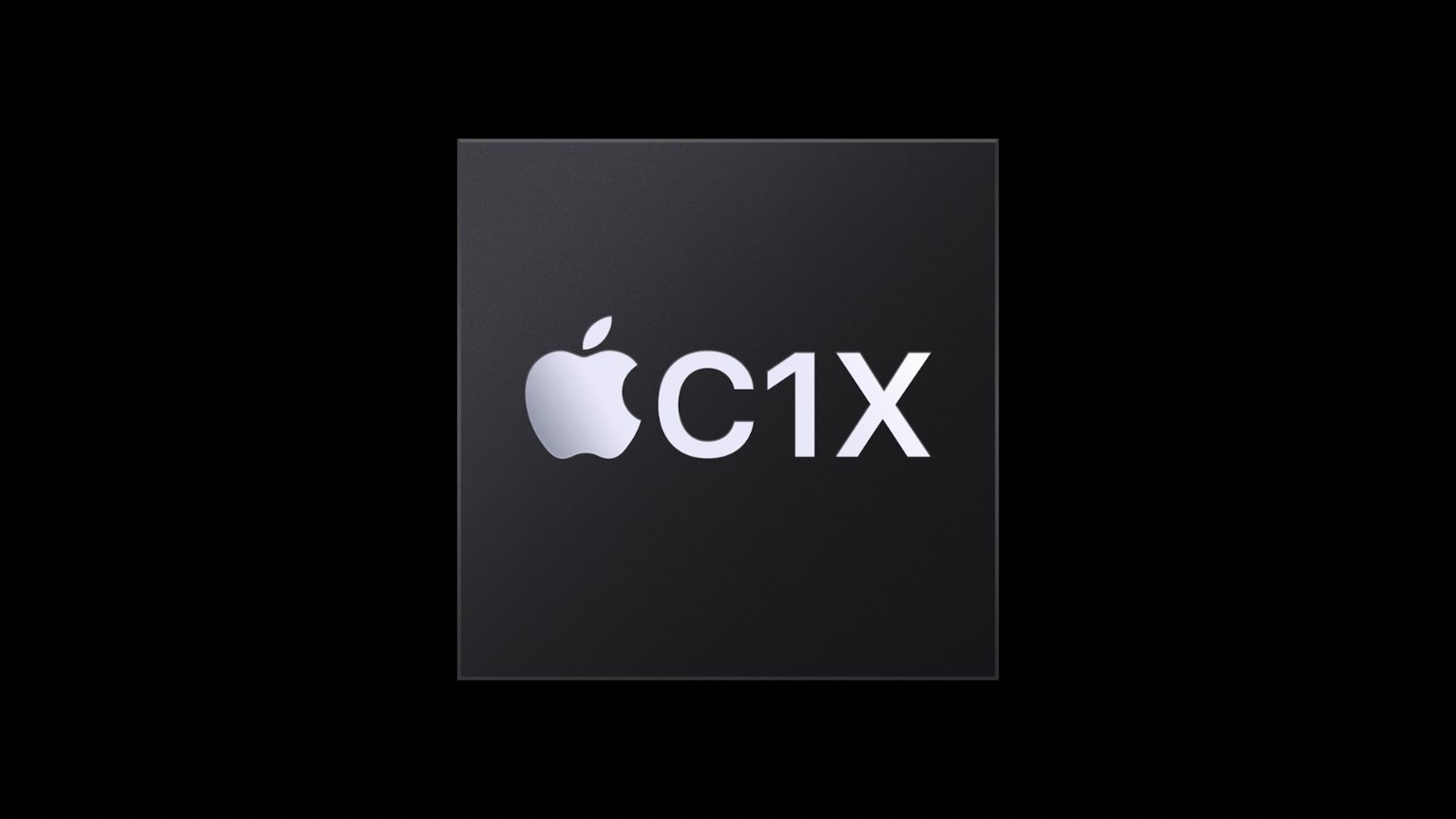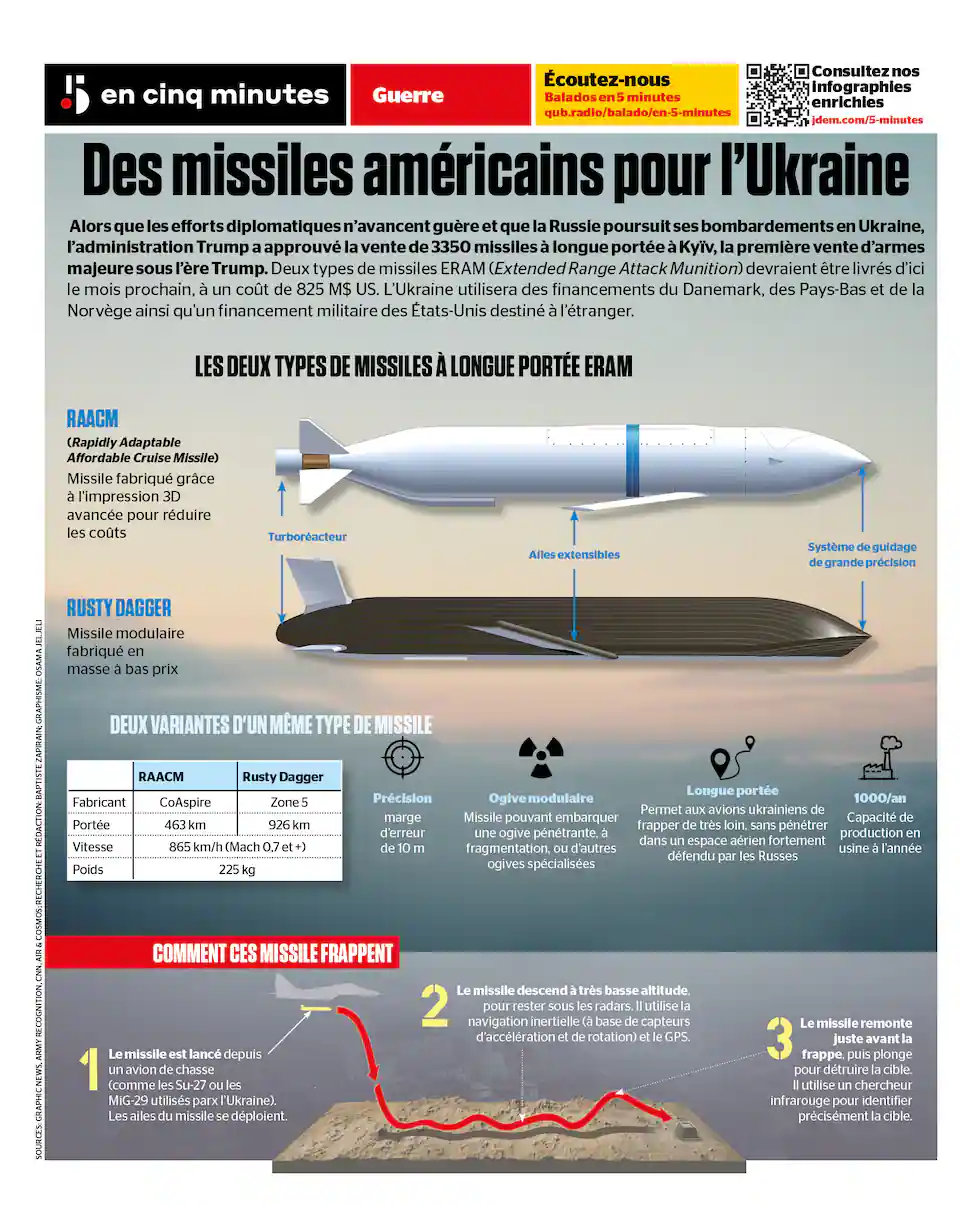Apple’s C1X 5G Modem Is Not ‘Good As Qualcomm’s Yet’ In Raw Performance, Says Research Firm CEO, But Mentions Battery Advantage

Apple introducing its more powerful in-house 5G modem, the C1X, in the iPhone Air, was one of the biggest announcements of the keynote. During the unveiling, the technology giant said that this baseband chip is faster than Qualcomm’s Snapdragon X75 while consuming 30 percent less power, but a research firm’s CEO has preferred the San Diego chipset maker’s modems when prioritizing performance. However, he states that if one wants better battery endurance, there is no better alternative than the C1X.
Qualcomm is likely to stay Apple’s 5G modem supplier for the next couple of years, as research firm’s Chief Executive predicts that it will take a while to completely phase out these wireless solutions
A comment made by Ben Bajarin, CEO of Creative Strategies, a technology research and consulting firm, was mentioned by CNBC, settling the debate from his end regarding the better 5G modem when comparing raw performance. A previous teardown revealed that Qualcomm’s Snapdragon X80 is found in all iPhone 17 models except for the iPhone Air, likely due to its increased speeds and support for mmWave networks.
Unfortunately, despite the C1X being faster than the Snapdragon X75, it lacks mmWave 5G connectivity and is limited to sub-6GHz. Thankfully, what Apple’s custom baseband lacks in speeds, it makes up for it in unrivaled efficiency. The manufacturing process of the C1X is yet to be deduced, but Apple markets the iPhone Air as having 27 hours of video playback endurance.
In addition to the C1X, the pairing of Apple’s N1 wireless networking chip will help the iPhone Air attain the aforementioned runtime. Bajarin says that Apple’s robust integration of hardware and software allows the company to control this component better, leading to better battery life, which a ton of users would prefer. After all, the Snapdragon X75 or Snapdragon X80 can only reach speeds allowed by the networks, meaning that it will never come close to its maximum advertised speeds because of the infrastructure’s limitations.
“It may not be as good as Qualcomm’s yet, in terms of just overall throughput and performance, but they can control it and they can make it run at lower power. So you’re going to get better battery life.”
Bajarin also believes that Apple will rely on Qualcomm’s modems for the next couple of years and will not phase out the company’s 5G solutions immediately. However, during the iPhone 16e’s unveiling earlier this year, which houses the C1, Apple was reported to have begun development of the C2, and word around the street is that it will support mmWave networks.
Apple’s and Qualcomm’s 5G modem licensing deal is scheduled to expire in March 2027, and it might be the last year the iPhone maker relies on its supplier’s hardware, but that is not the company’s goal. According to a previous report, Apple’s goal is to combine the 5G modem, Wi-Fi, and Bluetooth chips in a single package to save space and conserve additional battery life, and looking at some of the more recent efforts, that day might come sooner than later.



